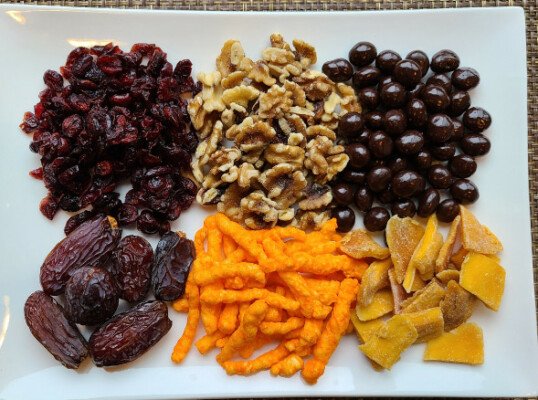Malaysian cuisine is a vibrant tapestry of flavours and aromas, shaped by its diverse cultural heritage. Spices play a pivotal role in creating the unique taste profiles that define this culinary tradition. From the rich and earthy notes of turmeric to the fiery kick of chilli, each spice contributes to the depth and complexity of Malaysian dishes. This guide explores essential Malaysian spices, their uses, and tips for incorporating them into your cooking.

Understanding the Role of Spices in Malaysian Cuisine
Spices are more than mere seasonings in Malaysian cooking; they are the foundation of flavour that enhances and transforms ingredients. The use of spices reflects the country’s multicultural influences, blending Malay, Chinese, Indian, and Indigenous flavours. Each spice brings its distinct characteristics, contributing to the overall balance of sweet, sour, salty, and spicy flavours that Malaysian dishes are known for.
Essential Malaysian Spices
One of the most prominent spices in Malaysian cooking is turmeric. This bright yellow spice imparts a warm, earthy flavour and is commonly used in curries and marinades. Not only does turmeric enhance taste, but it also adds vibrant colour to dishes, making them visually appealing. Another staple is coriander, which has a slightly citrusy flavour. Both the seeds and leaves are used in Malaysian cuisine, often found in spice blends and as garnishes for soups and salads.
Cumin is another essential spice, adding a nutty, peppery flavour to various dishes. It pairs well with other spices and is commonly used in spice mixes such as rendang and curry powders. Cardamom, both green and black varieties, offers a sweet and aromatic touch. This spice is often used in both savoury and sweet dishes, including desserts and beverages like teh tarik.
Chilli peppers are crucial for adding heat to Malaysian cuisine. Various types, such as bird’s eye chilli and dried red chilli, are used to create sambals, a staple condiment in Malaysian meals. Ginger and garlic are also fundamental, providing warmth and depth to many dishes. Their aromatic qualities make them essential ingredients in stir-fries, soups, and marinades.
Lemongrass adds a refreshing citrus note, often used in soups and curries to brighten flavours. Galangal, similar to ginger but with a sharper taste, is frequently used in traditional dishes like laksa. Asam, or tamarind, offers a tangy flavour, balancing the richness of curries and stews.
How to Incorporate Malaysian Spices in Your Cooking
To make the most of these spices, it is important to understand how to use them effectively. Fresh spices tend to have more vibrant flavours, so whenever possible, opt for whole spices and grind them yourself. This releases essential oils and enhances the overall taste of your dishes.
Start by toasting whole spices in a dry pan before grinding them. This process brings out their natural oils and intensifies their flavours. For recipes that call for spice blends, you can easily make your own by combining ground spices to suit your taste. For example, mixing turmeric, coriander, cumin, and chilli powder creates a versatile spice blend that can be used in various dishes.
When cooking, add spices at different stages to achieve the desired depth of flavour. For instance, sautéing garlic and ginger at the beginning of cooking releases their aroma, while adding chilli peppers towards the end allows their heat to shine without becoming overpowering.
Conclusion
Incorporating Malaysian spices into your cooking opens up a world of flavour and authenticity. By understanding the role of each spice and experimenting with their combinations, you can create dishes that reflect the rich culinary heritage of Malaysia. Whether you are preparing a traditional curry, a refreshing salad, or a flavorful stir-fry, these spices will enhance your meals and transport you to the heart of Malaysian cuisine. Embrace the spices, and enjoy the delicious journey of flavours they bring to your kitchen.



